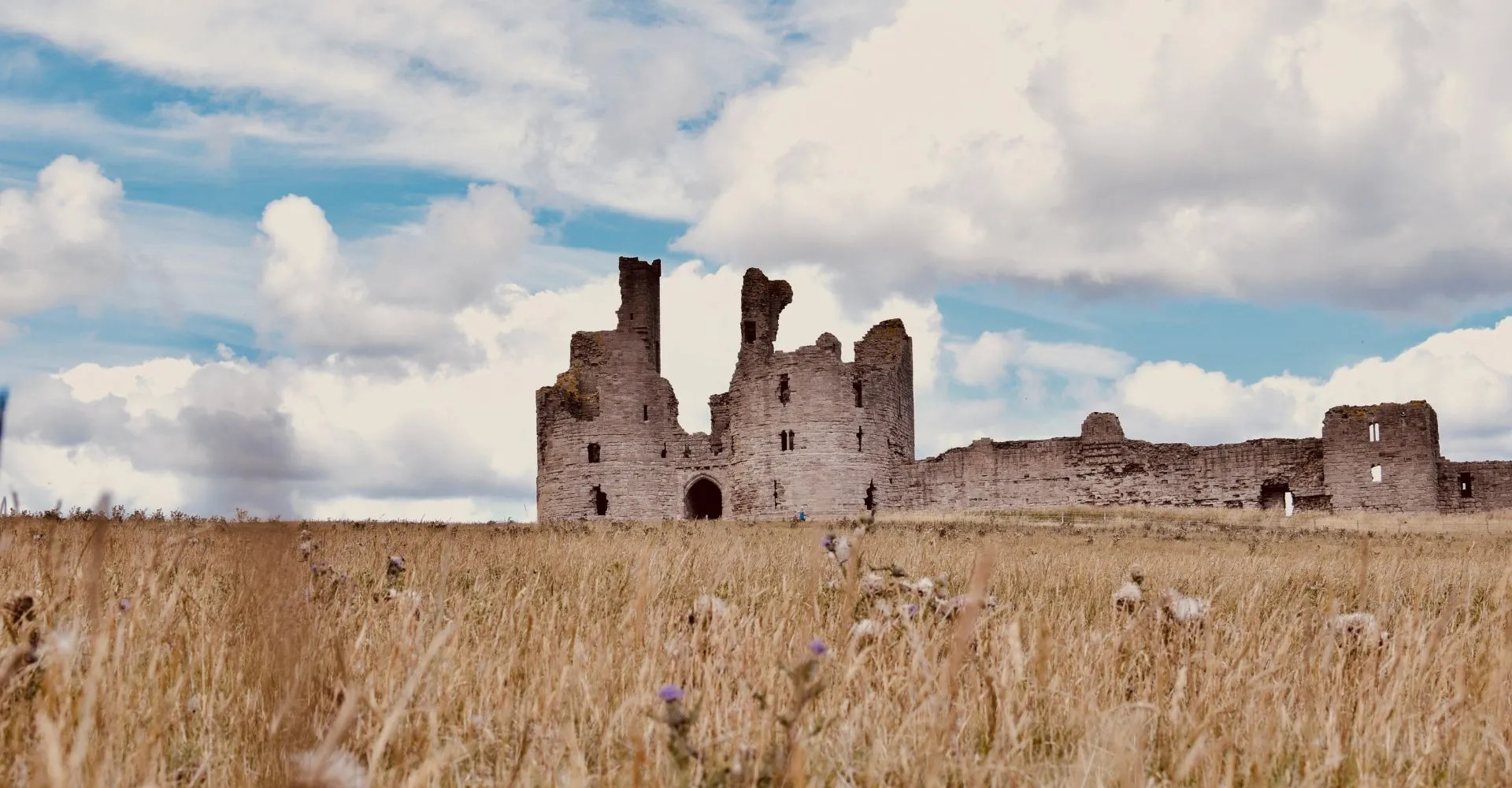 The concept of the Trust existed in ancient Roman and Greek law and was further developed in 12th Century England into the modern Trust we know today.
The concept of the Trust existed in ancient Roman and Greek law and was further developed in 12th Century England into the modern Trust we know today.
The Romans used the term fiducia, to refer to a contract between two parties where one transfers property to another for security reasons in a time of danger, under the condition that it would be restored or further administered under instruction.
Such contracts would be utilised in a variety of ways; Fideicommissum referred to the transfer of property from one to another, under the condition that it would be transferred to another specified individual in due time (for example a father entrusts his house to his daughter under the condition that it is transferred to her first child). Bearing striking resemblance to a modern day trust with estate planning intentions.
Fiducia cum amico was an agreement between a fiduciant and a fiduciarius (the former being what we might call a settlor and the latter being the trustee, in modern trust interpretation). This agreement stipulates that property entrusted to the fiducarius by the fiduciant is not owned by the fiducarius but instead administered according to the terms set out by the fiduciant.
If such terms were not met, the fiducarius was liable to an acto fiduciae, which, if condemned, meant infamia, meaning a total loss of legal or social standing.
From this we move forward to 12th century England, where a time of crusades developed what we now know as the trust. When an individual left England to fight in the Crusades, he would often convey ownership of his lands to another. In his absence the individual entrusted with ownership would manage the estate and pay or receive any feudal dues required. The ownership would then be conveyed back to him on his return.
At this time, English common law inferred that property was an indivisible entity, and whoever owned the legal title owned all the rights and privileges of such a title. Because of this the Crusader would often return to find that his acquaintance refused to return his property as it was first agreed.
The Crusader would then petition the King who would refer the matter to his Lord Chancellor and what became known as The Court of Chancery. Each time, the Lord Chancellor would determine what was equitable or fair which would typically find the Crusader’s plea permissible and the title would be returned to the Crusader even though his acquaintance held legal ownership. Translating this into a modern application, the Crusader would be the beneficiary while his acquaintance would be the trustee. This process and agreement slowly evolved into the modern trust that we have become very familiar with today.
The 20th century saw the birth of the offshore trust. Jurisdictions such as the Cook Islands and Nevis developed distinct and impregnable legislation that offers the gold standard in asset protection trusts, suitable for more complex situations such as frivolous lawsuits, estate administration and foreign investment.
Southpac operates as trustee in the Cook Islands, Nevis and New Zealand, serving to administer the assets specified by the settlor for the benefit of the chosen beneficiaries. With 40 years of trail blazing experience in this industry we offer the most secure asset protection trusts available worldwide.



